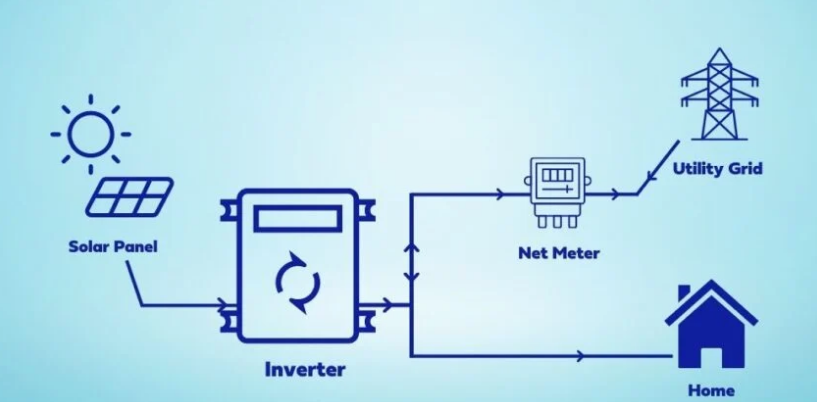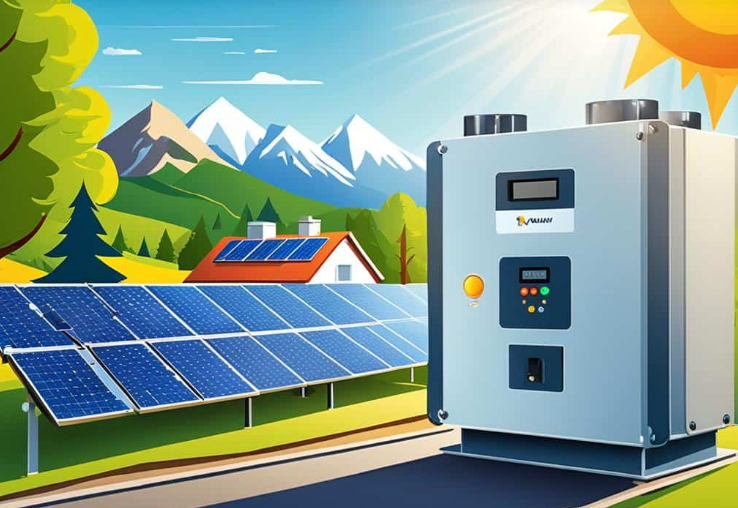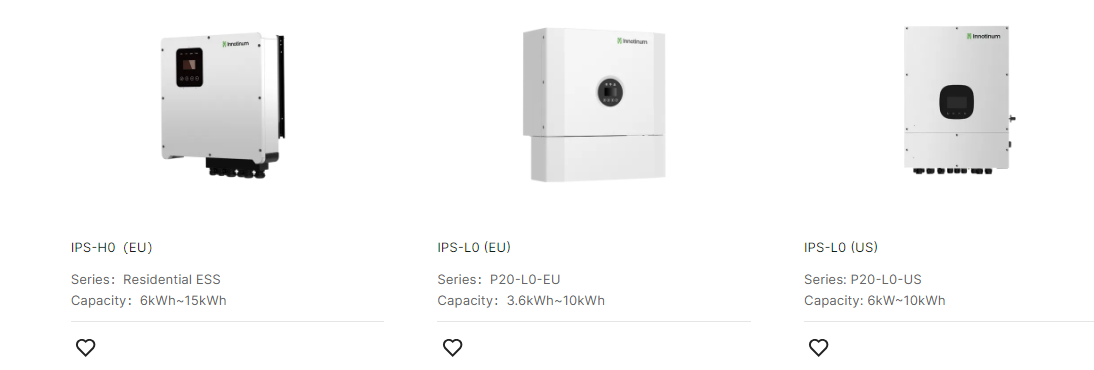
Considerations When Choosing Solar Inverter
Solar panels are the primary energy source in solar technology, capturing sunlight and transforming it into direct gas through the photovoltaic effect. However, this DC cannot be directly deployed for residential and business use, as it uses a power-width alternating current. Here, the solar inverter comes into play.
The solar inverter converts DC into AC, which is then used to power our homes and businesses or fed into the grid. Apart from this basic function, modern solar inverters improve the solar system by deploying Maximum Power Point Tracking (MPPT) to ensure that solar panels work at peak efficiency under various circumstances.
The inverter acts as the control centre for solar technology's efficient operation. Therefore, research on the inverter is essential before choosing the right type. This article will explore the various factors before selecting the best solar inverter.
Types of Solar Inverters
There are four types of solar inverters that transform DC to AC. Each type has unique features and efficiency for different applications.
- String Inverters
String inverters are the most used type in home and business solar installations. They transform the DC from multiple solar panels into AC for residential or commercial power consumption. Modern string inverters feature MPPT to inspect and boost the efficiency of each panel string.
These appliances improve power output, adjust for differences, light circumstances, and ensure the system works at peak performance. These inverters are affordable and best suited for installation with consistent sunlight exposure across the solar panels.
- On-Grid Inverter
On-grid inverters that withdraw the DC electricity from the solar panel and change it to AC. These inverters also promote net metering by feeding surplus electricity back to the grid, making it affordable for both businesses and homes. Further, you also don't require expensive batteries to store extra power.
Off-grid solar inverters are manufactured for standalone systems that work independently of the utility grid. These inverters operate in combination with battery storage systems to store surplus solar energy produced during the day and deploy it at night or during power outages or peak demand periods.
- Off-Grid Solar Inverters
Off-grid solar inverters come in different types and sizes depending on the system's power needs. They can be deployed in small systems, such as cabins and RVs, or massive systems, such as forms, communities, and remote houses. They are also perfect for use in areas with interrupted grid power, where installing a backup power source is crucial.
- Hybrid Inverters
Hybrid inverters are the most versatile of the four inverter types. They align the operations of solar and battery inverters into a single unit. They transform DC from solar panels into AC for electric loads while handling the battery charging and discharging cycle to produce an energy storage system.
These inverters can work in grid-tied and off-grid settings, making them adaptable to energy needs.
They provide advanced features such as seamless switching between power sourcing and load prioritisation, promoting energy independence, long-term flexibility, time of use optimisation, and potentially cost-saving solutions for users searching for a grid-tied energy storage system for net metering.
Considerations While Choosing Solar Inverter
Selecting the suitable solar inverter for your home involves matching its capacity to the solar panel system size, determining the inverter's DC-to-AC conversion ratio, and assessing power requirements.
1.Solar Panel Capacity
Your inverter’s capacity should match or be slightly higher than the total wattage of the consumer's solar panel array. The inverter must be capable of managing the power input from the solar panels. An inverter's high limit will result in maximum power being captured and lead to energy losses during high production periods.
However, slightly exceeding the panel capacity related to the inverter can optimise overall system functionality by producing more energy during low-light conditions, such as afternoons or mornings.
2.Energy Requirements
Solar consumers' power requirements are vital in considering the best inverter capacity for their residential or commercial use. By evaluating daily electricity usage patterns, consumer care determines the optimal inverter size to manage peak loads and ensure efficient energy conversion.
This way, the user can provide this information to the installer to aid in choosing the right inverter to meet all their energy requirements.
3.DC to AC Conversion Rate
A DC to AC rate between 1 and 1.5 improves solar system outcomes and efficiency by accounting for inverter clipping while boosting energy generation. Oversizing the solar array regarding the inverter capacity can result in some power loss during high production periods but often results in maximum over all energy production, specifically during low-light conditions.
This approach efficiently compensates for cost and output as it maximises overall energy harvest without notably increasing energy cost. It enables solar consumers to improve their solar investment by accomplishing the highest performance and potential highest ROI over the system's lifetime.
4.Future Expansion
Solar users should consider the differences among the different types of inverters. These hybrid inverters are the best for consumers planning future expansions, specifically the addition of battery storage systems. Multiple users prioritise deploying hybrid inverters without initially investing in solar batteries. In this case, choosing a hybrid inverter can act as a grid-tied inverter.
But when users decide to upgrade their existing hybrid system into an energy storage system, the hybrid inverter provides flexibility without the additional cost of a separate battery inverter. Most hybrid inverters can seamlessly transform DC to AC to power electric loads and charge solar batteries. Therefore, users planning to expand their inverter system in the future would benefit from installing a hybrid inverter.
Choose Top Solar Inverter Suppliers
While choosing the best home solar inverter, conduct authoritative research on the top solar inverter supplier. We recommend Innotinum, which offers a considerable series of hybrid inverters to assist you. Their cutting-edge technology and after-sales services provide responsive assistance to their consumers.
Further, they offer a detailed maintenance guide with step-by-step instructions to help homeowners perform preventive maintenance on their inverters. They also provide 24/7 assistance to their consumers to fix all their solar technology problems. So, why not choose Innotinum?
Bottom Line
In short, choosing the right inverter for your home involves detailed consideration of the user's energy needs, inverter types, and other specifications. So, those who have made the decision to install solar inverters in their homes choose Innotinum.



